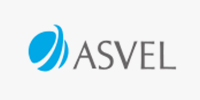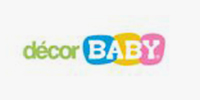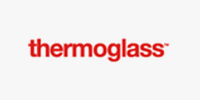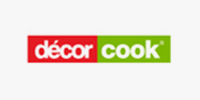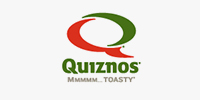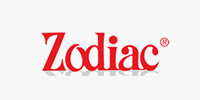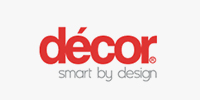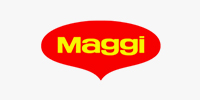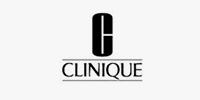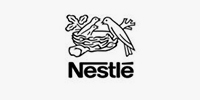General definition of plastic packaging container modeling structure design
Modeling and structure are two different concepts but must be combined and combined together. The modeling of any packaging container must be supported and combined with certain materials and specific structures of each part. In the packaging design, due to the different requirements for packaging functions and the different restrictions on the materials and technology of manufacturing packaging containers, different emphasis and requirements in the packaging design and structural design are caused.
Modeling is an indispensable important component and premise in the design of packaging containers. The styling serves the function of the product, and the beautiful package styling is conducive to strengthening the practical and convenient functions of the package, beautifying the product, attracting consumers, and promoting the sale of goods. Packaging shape is the carrier of packaging decoration. The beautiful shape has laid a good foundation for the visual communication design of packaging. It can be said that packaging shape occupies an important position in the entire packaging design system and is the key to excellent packaging design.
If there is a good shape but no reasonable structure, it is not scientific if the product cannot be produced in the end. Therefore, if we want to understand a product, we must first start with the most primitive definition and the most basic requirements and laws of design!
One definition
The packaging container shape design is to select certain materials according to the characteristics of the packaged goods, environmental factors and user requirements, and adopt certain technical methods to scientifically design containers or products with reasonable internal and external structures.
Two basic requirements for container design
Function first, function determines form, is the most basic requirement of container design.
1. Functional requirements
Physical: the performance, structure, durability, etc. of the container;
Physiology: the convenience of using the container and the safety of operation, etc.
Psychology: to meet human's hobbies for type and color or the requirements for decoration;
Sociality: New requirements for container modeling due to social regionality or customs.
2. Economic requirements
Packaging container design should pay attention to the relationship with economic costs, so that the designed container matches the commodity sales price, and the rationality of the design should be used to reduce the damage and waste in production and circulation.
3. Aesthetic requirements
On the basis of satisfying the functions, the material texture and the beauty of the processing technology are fully reflected in the container shape itself.
4. Production technical requirements
It is necessary to understand the technological process and characteristic requirements of packaging container production to make the design suitable for technological production.
5. Creativity requirements
Design with unique style, convenient functions, and novel container shape
Three container design rules
1. Change and unification
In the container design, change refers to the diversification of various parts of the shape, and unity refers to the overall sense of the shape. In the process of various creations and designs, change and unity are a universal law. Only the design without change and uniformity gives people a sense of disorder and disorder, and the design without change only gives people a sense of dullness and lifelessness.
2. Contrast and reconcile
1) Line shape comparison: The so-called line shape in container design mainly refers to the outer contour line of the shape. It constitutes the shape of the shape. The line shape can be summarized into two categories: curve and straight line. Each line shape can represent an emotion factor.
2) Comparison of volume: The volume of the model refers to the volume of each part of the body and the visually felt weight. It is just right to use it, and it can highlight the sense of volume and form characteristics of the main part of the body.
3) Space comparison:
A. Real space: Every entity needs a spatial location. This kind of space is called real space in shape.
B. Virtual space: refers to the formation of some additional pieces of the shape itself.
In the design, the proportion and contrast between the real space and the virtual space should be taken into consideration, and should not be overwhelming. The line shape must be unified, the volume must be balanced, the real space and the virtual space must be consistent and coordinated to make the shape vivid, thereby strengthening its sense of form and generating a certain artistic appeal.
4) Texture contrast: In the design, it is mainly reflected in the material and decorative carving effect.
3. Repeat and echo:
1) Single shape: the repetition of line and volume achieves a harmonious beauty of order and rhythm.
2) Matching shapes: This type of shape is used in the series packaging design, which means repeating the main linear features on the entire packaging shape, setting different proportions and capacities according to different uses, to achieve the relationship between repetition and echo.
4. Whole and partial
The partial changes of the shape are for the enrichment of the overall content, not to be cumbersome, and not to destroy the harmonious unity of the overall relationship.
The part of the modeling has various line angles, mouth modeling and bottom modeling structure, etc., on the premise of conforming to the overall style tone, the local processing is accurately in place to make the modeling characteristics more prominent.
5. Vivid and stable
1) Stable in actual use
2) Stable visual perception: For different shapes, the volume and form relationship between the main body and the accessories or between the top and bottom, left and right of the shape should be appropriate to achieve a visual balance.
6. Proportion and scale
1) Proportion and scale should be suitable for the functional requirements of the product. Due to different product characteristics, different proportions and scales should be adopted for different product characteristics.
2) The proportion and scale should be suitable for the aesthetic requirements of the product
A. Straight type-concise, generous, rigid and beautiful.
B. Non-straight type-exquisite, compact, flexible and beautiful.
C. Proportion of the supporting product portfolio-moderate proportions, uniform lines, seeking change, and the difference is not easy to be too large.
3) The proportion and scale should be suitable for the process requirements of the product
4) The proportion and scale should be suitable for ergonomics
The four-container design process is roughly divided into eight steps:
1) Conduct targeted investigations and data collection on relevant modeling and information;
2) Summarize the surveyed data for analysis;
3) Promote the designed text plan;
4) Choose appropriate materials and manufacturing techniques;
5) Design image draft and design description;
6) Calculate the capacity of the container;
7) Drawing process drawing and product effect drawing;
8) Make a prototype model of the container.
















